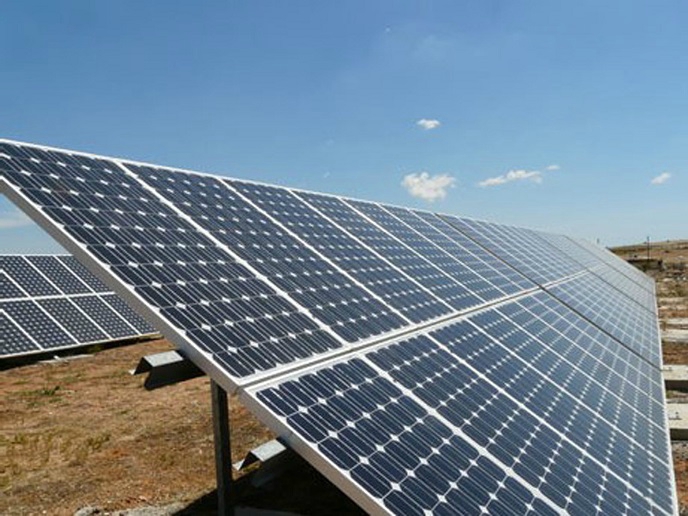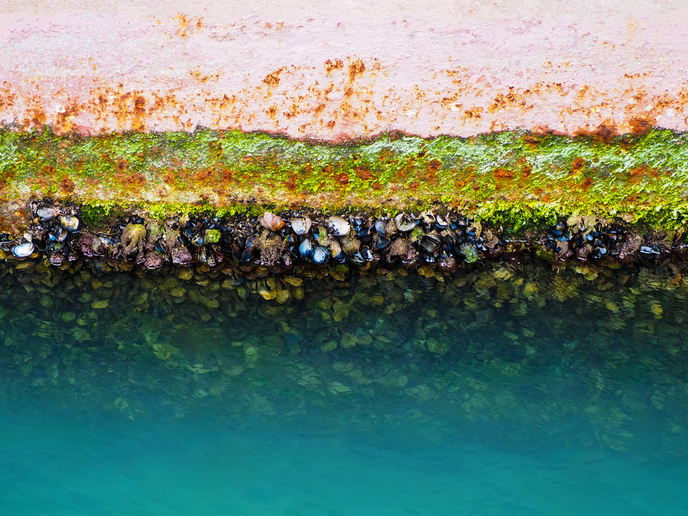Scientists look to the Earth’s crust to securely advance PV technology
STARCELL was established to advance the development of a thin-film PV technology based exclusively on materials that are abundant in the Earth’s crust. This is a critical undertaking, as the main PV solutions available in the market contain at least one element that the European Commission regards as a high supply risk – i.e. a critical raw material. Indium is one such element, widely used in the semiconductor industry and the manufacture of coatings. The project joins leading institutions in Europe that are at the forefront of the development of this technology. Together with partners from Japan and the United States, STARCELL is working “to identify and solve main fundamental problems that are currently limiting the conversion efficiency of the solar cell devices,” reports Dr Edgardo Saucedo, project coordinator. Easing the shift to low-supply-risk materials Targeted materials belong to a group of semiconductors generally called kesterite and formed by copper, zinc, tin, sulphur and selenium. These elements are considered to have low supply risk for Europe. Kesterite also presents very similar properties to another family of PV-relevant materials, the chalcopyrites. “This ensures that most of the factories producing Cu(In,Ga)(S,Se)2, the most relevant thin-film PV technology in Europe, can easily shift or complement their production with kesterite,” Dr Saucedo reveals. STARCELL targets device efficiencies in the range of 15-18 %. “This is very challenging for these technologies,” the coordinator explains, “but very competitive, considering that kesterite is formed by relatively cheap materials, which can have a strong impact on cost reduction of the PV technologies.” Challenges to conversion efficiency and limitations Of all the results being obtained through STARCELL efforts, Dr Saucedo believes one of the most significant will be “the combination of materials modelling, customised synthesis and advanced characterisation to identify the main mechanisms that are limiting further progress in the conversion efficiency of the solar cell devices.” Solutions based on doping and alloying strategies are also being applied with success. “This allows us to obtain quite reproducible efficiencies in the range of 11-13 % by developing innovative solutions,” Dr Saucedo states. He adds that such advances also lay the ground for bringing kesterite towards technology readiness level 5 by the end of the project in 2019. “There are many challenges still to solve in this very complex and fascinating material,” the coordinator goes on to say, noting that the main challenges are related to the understanding of the most relevant efficiency limitations. Notwithstanding, “all these challenges are under intensive research in STARCELL.” Future impact The STARCELL technology can have a long-term impact on consolidation of a strategic European PV industry. Dr Saucedo elaborates: “Being fully free of critical raw materials, kesterite is compatible with the mass production of PV modules without any material constraints, reducing the supply risks for the industry.” It also promises benefits for Europe’s citizens. Access to a fully sustainable PV technology that can be completely produced in Europe will enhance energy security, create high-quality jobs, and help improve society’s perception of green energy production. Continuing project work also aims to “bring relevant insights for the future exploitation and commercialisation of the technology.”
Keywords
STARCELL, PV, kesterite, critical raw material, PV technology, conversion efficiency, solar cell, low supply risk, PV modules, photovoltaic







